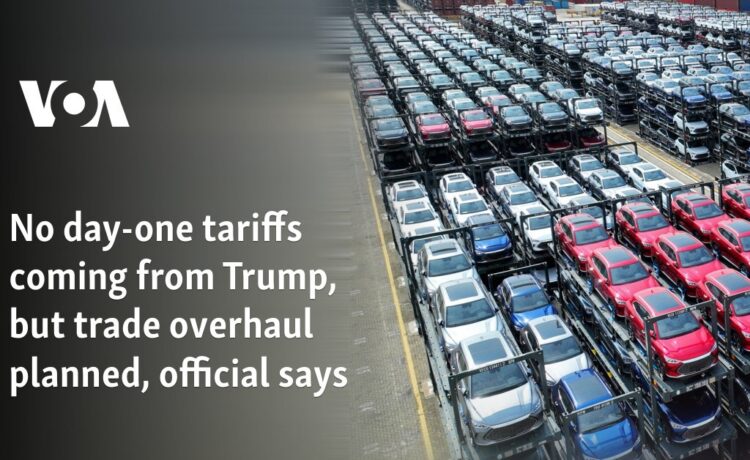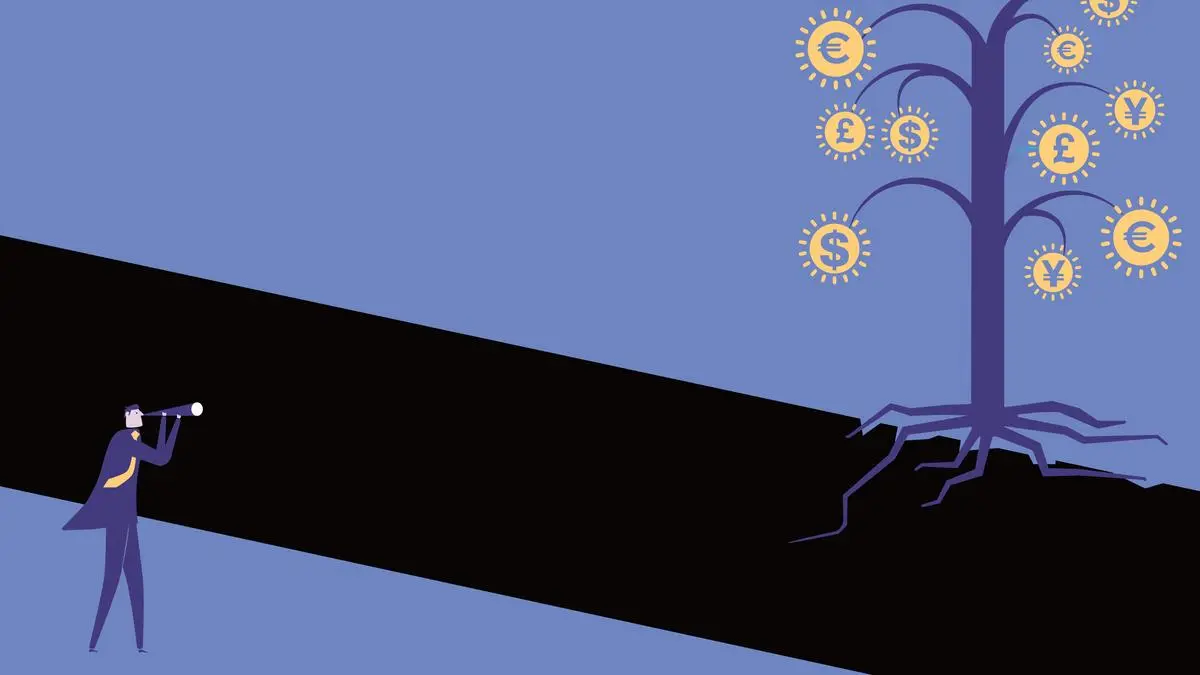President Donald Trump will issue a broad trade memo on Monday that stops short of imposing new tariffs on his first day in office but directs federal agencies to evaluate U.S. trade relationships with China, Canada and Mexico, a Trump administration official said.
After weeks of intense global speculation over which duties Trump would impose immediately after being sworn in as U.S. president, news that Trump would take more time on tariffs drove a relief rally in global stocks and a dive in the dollar against major currencies.
Trump mentioned no specific tariff plans in his inaugural address but repeated his intention to create the External Revenue Service, a new agency to collect “massive amounts” of tariffs, duties and other revenues from foreign sources.
“I will immediately begin the overhaul of our trade system to protect American workers and families,” Trump said. “Instead of taxing our citizens to enrich other countries, we will tariff and tax foreign countries to enrich our citizens.”
Trump added that his policies would make America “a manufacturing nation once again.”
During his election campaign, Trump vowed to impose steep tariffs of 10% to 20% on global imports into the U.S. and 60% on goods from China to help reduce a trade deficit that now tops $1 trillion annually.
He said after his November election that he would sign “all necessary documents” upon taking office to impose an immediate 25% import surcharge on imports from Canada and Mexico if they failed to clamp down on the flow of illicit drugs and migrants entering the U.S. illegally.
Such duties would tear up long-standing trade agreements, upend supply chains and raise costs, according to trade experts.
The official, confirming a Wall Street Journal report that cited a summary of Trump’s memo, said the new president will instead direct agencies to investigate and remedy persistent trade deficits and address unfair trade and currency policies by other nations.
The memo will single out China, Canada and Mexico for scrutiny but will not announce new tariffs, the official said. It will direct agencies to assess Beijing’s compliance with its 2020 trade deal with the U.S., as well as the status of the U.S.-Mexico-Canada Agreement, the official said.
Relief rally
The U.S. dollar slumped broadly on the news against a basket of major trading partners’ currencies, with particularly large upswings in the euro, Canadian dollar, Mexican peso and Chinese yuan. MSCI’s measure of global stock markets rose. U.S. financial markets are closed for the Martin Luther King Jr. Day holiday.
Some industry groups and trade lawyers in Washington had speculated that Trump would invoke the International Emergency Economic Powers Act, a law with sweeping powers to control imports in times of national emergency, to impose immediate tariffs.
But the forthcoming trade memo signals a more methodical approach that would likely involve trade investigations under other legal authorities such as the Section 232 national security trade law and the Section 301 unfair trade practices statute. Trump invoked these laws during his first term, and probes on steel and aluminum and Chinese imports took months to complete.
“It sounds like maybe he’s been listening to the people telling him that immediate tariffs would really hurt the financial markets,” said William Reinsch, a trade expert at the Center for Strategic and International Studies.
But Reinsch and other trade analysts say they still expect Trump to press ahead with a global tariff early in his administration.
“The universal tariff was a core part of the economic plan he ran on, and I think he’s going to do what he said he would,” said Kelly Ann Shaw, a former White House trade adviser during Trump’s first term.
“This is an idea he’s supported for a long time,” Shaw, now with the Hogan Lovells law firm, said in an interview last week.
Past trade playbook
In his 2017-2021 first term, Trump’s administration used investigations to impose tariffs on steel and aluminum imports and launch duties on some $370 billion worth of Chinese imports, igniting a tit-for-tat tariff war between the world’s two largest economies.
The U.S. and China ended the conflict in 2020 with a deal for Beijing to boost its purchases of U.S. exports from farm goods to aircraft by $200 billion annually but never followed through as the pandemic hit. The forthcoming memo indicates that Trump’s administration will try to push China to keep those commitments.
Trump also had threatened to quit the 1994 North American Free Trade Agreement, blaming it for draining U.S. manufacturing jobs to Mexico and prompting a renegotiation of the trade pact with tighter rules of origin for autos and stronger labor and environmental standards.
Trump won a sunset provision in USMCA that will allow him to renegotiate it again in 2026, and the tariff threats against Mexico and Canada are seen by some trade analysts as a gambit to open those talks early.
















